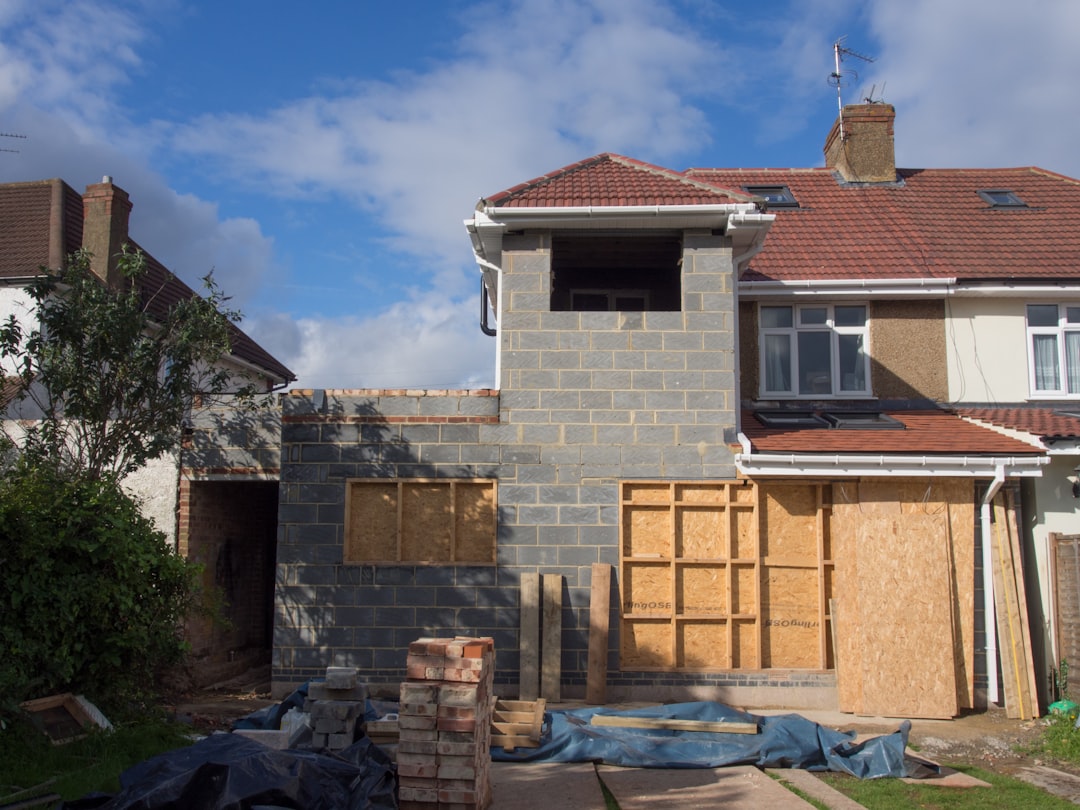
For construction professionals, understanding the cost of heated driveway systems is crucial. The average cost for installation ranges from $4,500 to $40,000, depending on the size and type of system. This guide provides a detailed breakdown of costs and considerations for trade professionals.
The size of the driveway is a primary cost driver. A single-car driveway may be around 300 sq ft, while larger estates can exceed 2,000 sq ft. Accurate measurements are essential for precise material estimation.
Hydronic systems, which circulate warm glycol through PEX tubing, are ideal for larger areas but require a boiler. Electric systems use resistance cables and are simpler to install for smaller projects. Cost estimates are:
Different surfaces interact uniquely with heating systems:
Labor costs can account for 35-45% of the total project cost. Factors include:
Operating costs vary by location. For example, a 500 sq ft electric system in Boston may cost $0.40-$0.55 per hour during snow events, offering savings over traditional plowing services.
Based on industry data, here are typical cost ranges:
Professionals can use voice capture to quickly outline project details, allowing for immediate estimation.
AI technology provides up-to-date pricing, ensuring accurate cost projections.
Upload plans to automatically calculate dimensions and material needs, reducing manual errors.
Efficient scheduling of tasks like excavation and wiring ensures timely project completion.
Heated driveways can be a valuable investment. Financing options are available to spread costs, and many projects see a return on investment within a few years.
Visit CountBricks.com to explore options and start your project today.

The Harper family in Boston opted for a 650 sq ft electric driveway system to reduce plowing costs. The project included:
The system operated efficiently, reducing energy costs and eliminating the need for plowing.
"CountBricks provided a detailed plan and kept us informed throughout the process." — Sarah Harper
Measure, compare, and decide on the best system for your needs. Visit CountBricks.com for more information.